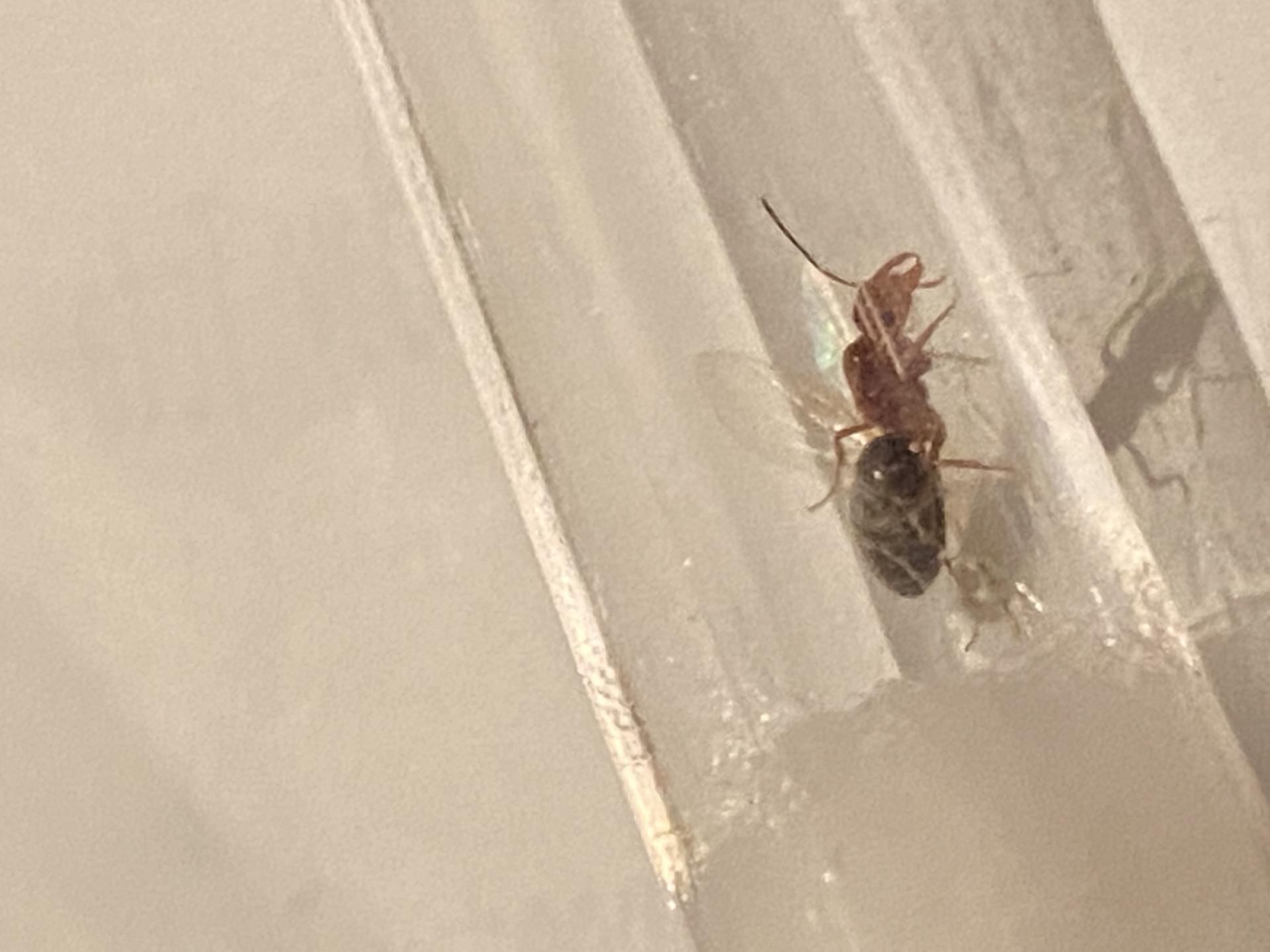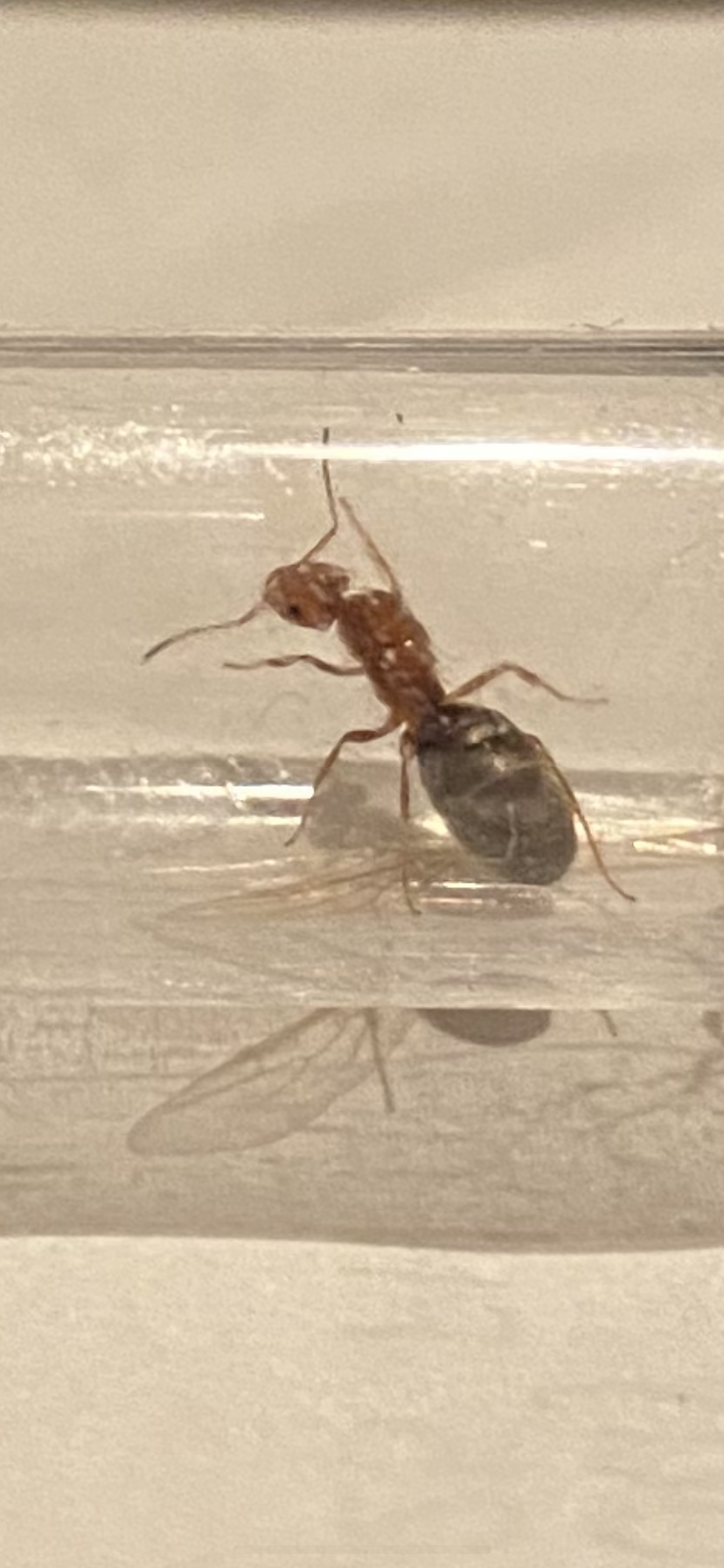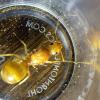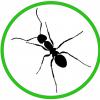1. Location (on a map) of collection: ARIZONA
2. Date of collection: MAY 10TH 2021
3. Habitat of collection:
4. Length (from head to gaster): APPROXIMATELY 1/4"
5. Color, hue, pattern and texture: RED/ORANGE
6. Distinguishing characteristics:
7. Distinguishing behavior:
8. Nest description:
9. Nuptial flight time and date:























